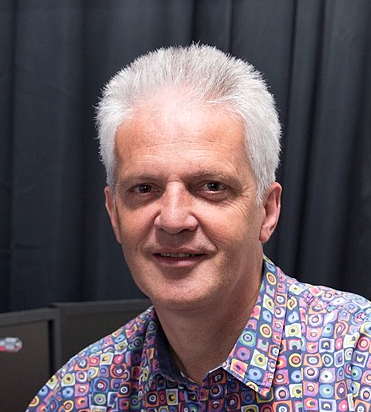Point-of-care diagnostics of neglected tropical diseases within resource-limited settings
We are developing a diagnostic test that probes for the presence of a pathogen’s DNA in body fluids. The key scientific innovation is to repurpose the well-known CRISPR/Cas9 genome-engineering system as a DNA detection tool. The Cas9 protein and its sensing guide RNA have the unique capability to find a specific target DNA sequence. We will exploit this capability and equip the Cas9 protein with guide RNA that enables detection of a DNA target sequence specific to a pathogen of interest. For readout, a colour change in the device, detectable to the naked eye, will be produced if the DNA sequence is present.
We are thus developing an innovative isothermal DNA detection point-of-care diagnostic test that is equipment free and has a robust temperature range of operation. The guide RNA of the CRISPR/Cas9 system is coupled to an enzymatic DNA construct (DNAzyme). The Cas9-DNAzyme complex will provide a unique amplified colorimetric readout, only when the pathogen’s DNA is detected. Rolling circle amplification will be used to ensure an isothermal and sensitive reaction that does not require temperature control (in contrast to current DNA detection methods). Therefore, the test will be suitable for use in resource-limited settings. With this detection scheme a simple color change, visible to the naked eye, will be produced when pathogen’s DNA is present in a sample. Furthermore, we are exploring direct DNA detection in blood and urine patient samples.
The approach is broadly applicable and will enable the diagnosis of diseases including neglected tropical diseases. As an initial target, we are dedicated to diagnosing Visceral Leishmaniasis, which is a disease that affects the most vulnerable people in the world. The proposed device can also be multiplexed for diseases, drug resistance and other conditions that complicate treatment. Thus, we are addressing one of the most pressing global challenges by adapting state-of-the-art technology into simple tools that will benefit those who need it the most. We work in close collaboration with Dr. Jan-Carel Diehl, Industrial Design Faculty, TU Delft, who leads multiple healthcare projects on malaria, schistosomiasis etc. under the theme of design for sustainability within epidemic regions. We have active collaborations with the medical experts in the field from the Amsterdam Tropical Institute, Doctors without Borders and our local African partners from Kenya Medical Research Institute (KEMRI), University of Nairobi, Kenya and healthcare professionals in VL endemic regions of Kenya and the Amudat hospital, Uganda.

People working on this project

Michel Bengtson

Mitasha Bharadwaj

Oscar Franch

Jaco van der Torre
- Room F0.190
- +31-(0)15-27 83959
- J.vanderTorre@[REMOVE THIS]tudelft.nl
- Expertise: Molecular biology

Cees Dekker
- F0.210
- +31-(0)15-27 86094
- C.Dekker@[REMOVE THIS]tudelft.nl
- Principal Investigator
- View CV




